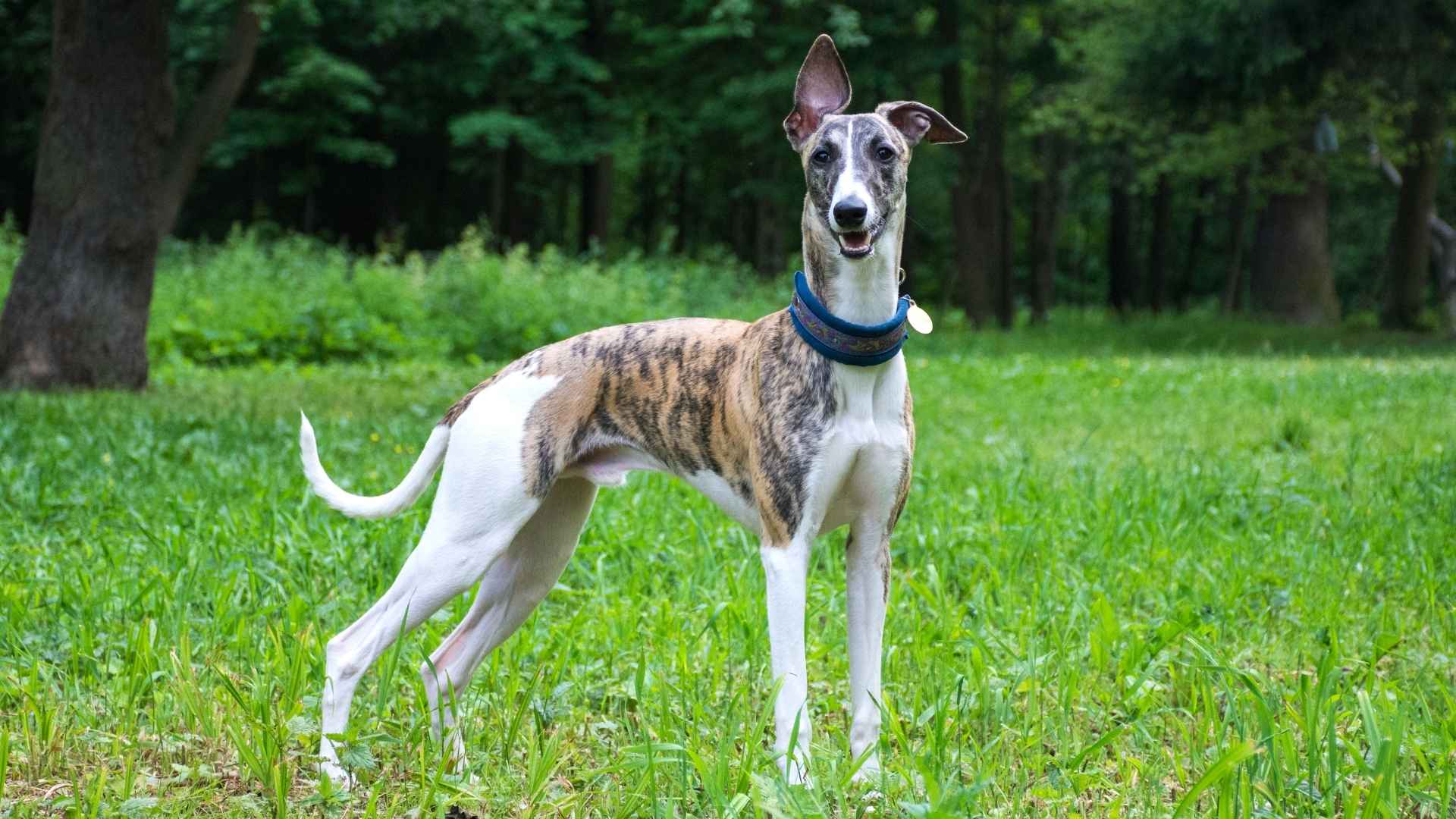Summer treks bring heat, bright skies, and long stretches of trail, and some dogs are naturally built to handle those conditions with ease. Certain breeds carry coats, body structures, and energy levels that help them stay comfortable even when the sun is high.
Their ability to remain cool allows them to enjoy hikes, camping trips, and warm-weather adventures alongside their owners without strain.
These dogs move easily through open fields, shaded forests, and rocky paths, showing an adaptability that keeps their enthusiasm strong despite rising temperatures. Their temperaments add to that balance—they pace themselves, rest when needed, and rarely overheat with proper care. For active owners, these breeds make ideal summer companions, ready for a stroll or a day-long excursion.
This list explores seven such breeds, each with its own traits that make warm-weather journeys more enjoyable, from coat texture to behavior and exercise habits.
Dog Breeds That Stay Cool Even During Summer Treks
1. Chinese Crested
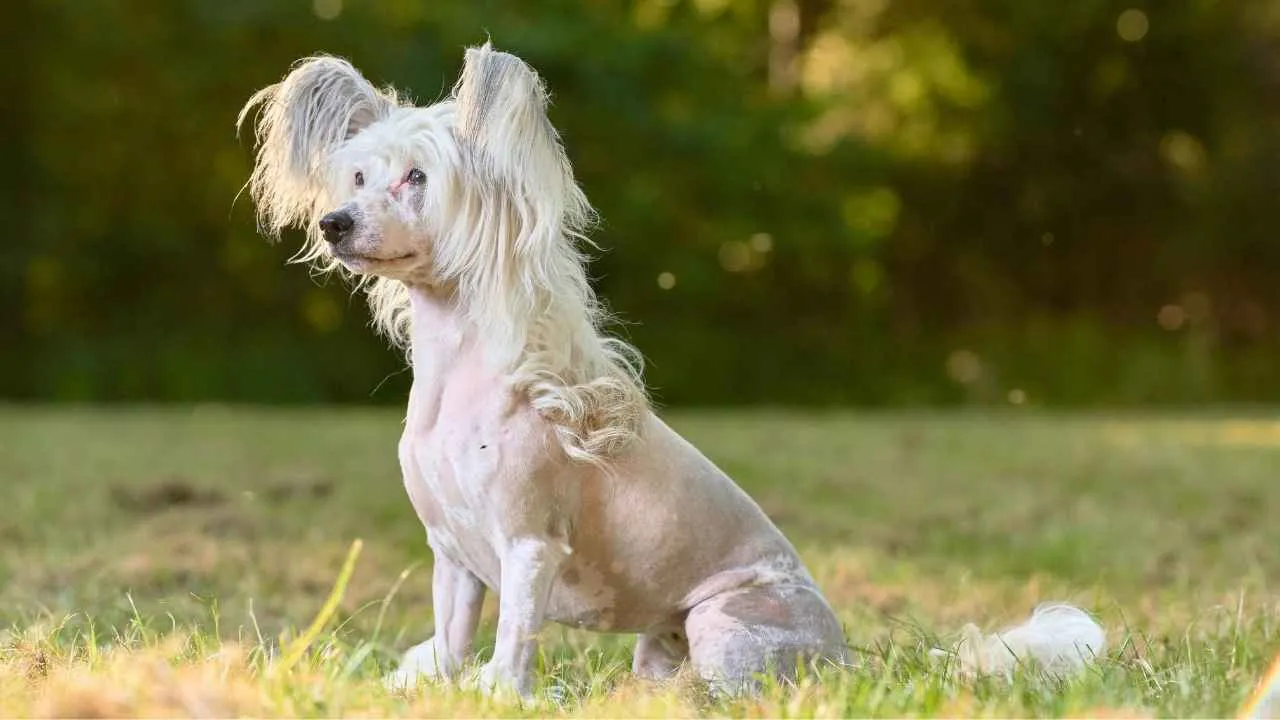
The Chinese Crested thrives in warm climates thanks to its unusual coat—or, in many cases, its lack of one. The hairless variety exposes more skin, helping the dog release heat more easily during long summer outings. Even the “powderpuff” type, with its fine, silky coat, handles heat better than heavily furred breeds.
These dogs are light on their feet, weighing under 12 pounds, which makes them easy to carry if a trek gets too long. Their small size doesn’t mean low energy; they enjoy exploring, hopping over roots and rocks with surprising agility.
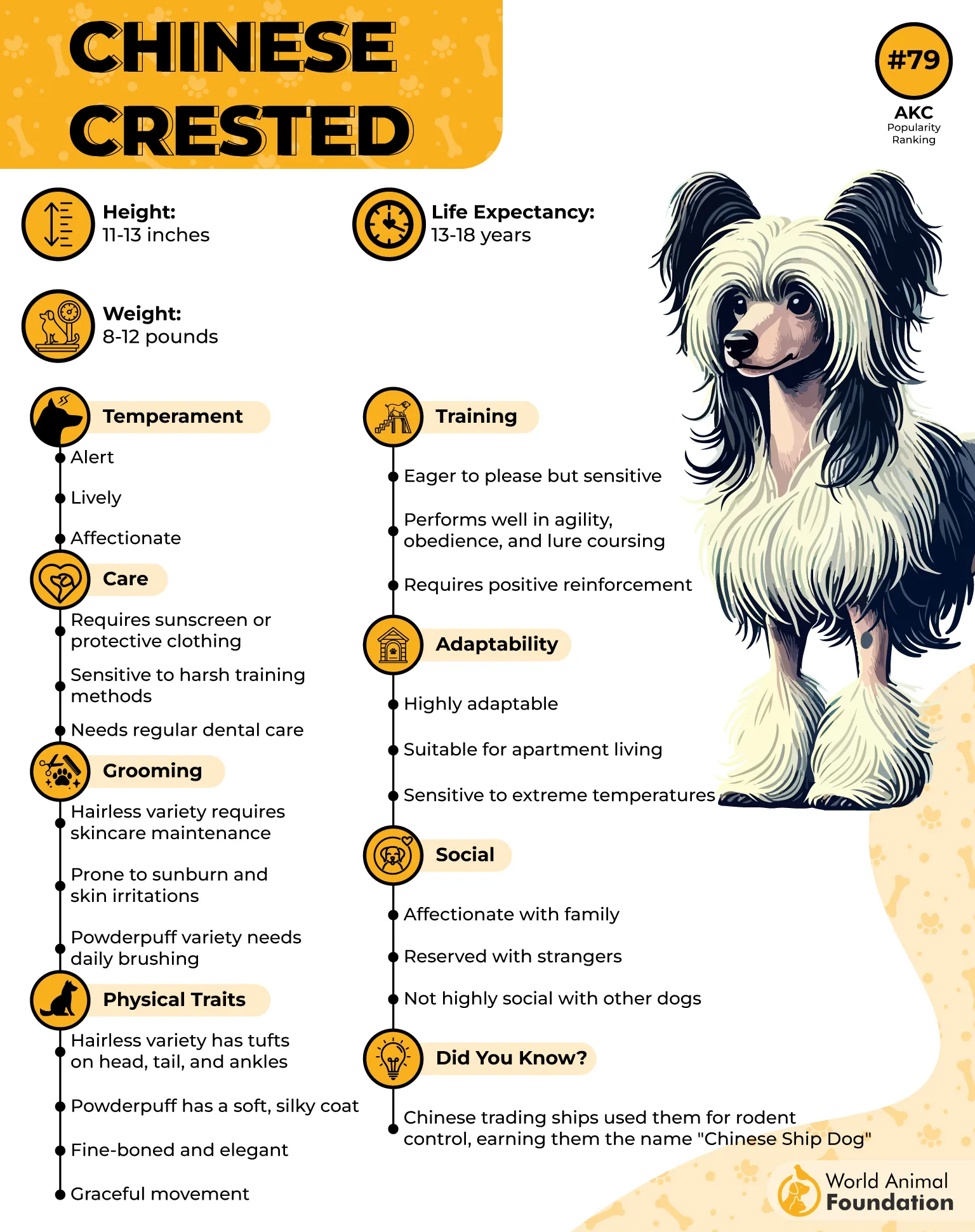
Temperamentally, they’re affectionate and thrive when included in family activities. Many become deeply attached to their favorite person, often following them from room to room at home. That devotion turns into a natural eagerness to join outdoor trips.
Care involves sunscreen for hairless Crested dogs and occasional brushing for powderpuffs. As per PetMD, their exposed skin can sunburn easily, but with basic protection, they’re remarkably comfortable in warm conditions.
Their adaptable nature makes them easy travel companions, whether tucked into a sling bag or trotting alongside on an easy trail.
Fun Fact
Chinese Cresteds were once favored by sailors, who reportedly brought them aboard ships to control vermin and enjoyed their tolerance for tropical climates.
2. Greyhound
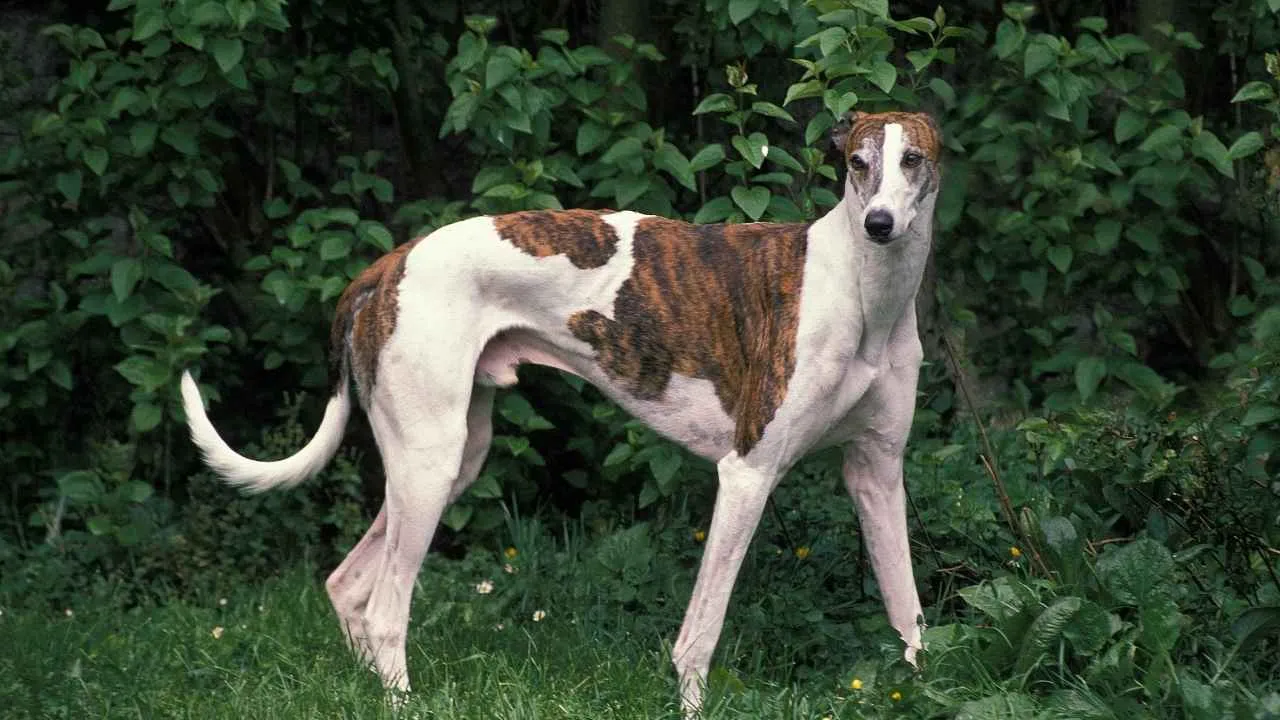
Speed isn’t usually associated with staying cool, but the Greyhound manages both. Its lean, aerodynamic body releases heat quickly, thanks in part to short, thin fur and minimal body fat. Originally bred for racing and coursing game, Greyhounds have excellent thermoregulation during fast motion and quiet stillness alike.
Though built like athletes, they are famously relaxed. Greyhounds are known as “45-mph couch potatoes” for good reason—after a burst of movement, they prefer lounging in shade or stretching out in the breeze. Their rest habits align naturally with the structure of summer hikes that involve pauses and water breaks.
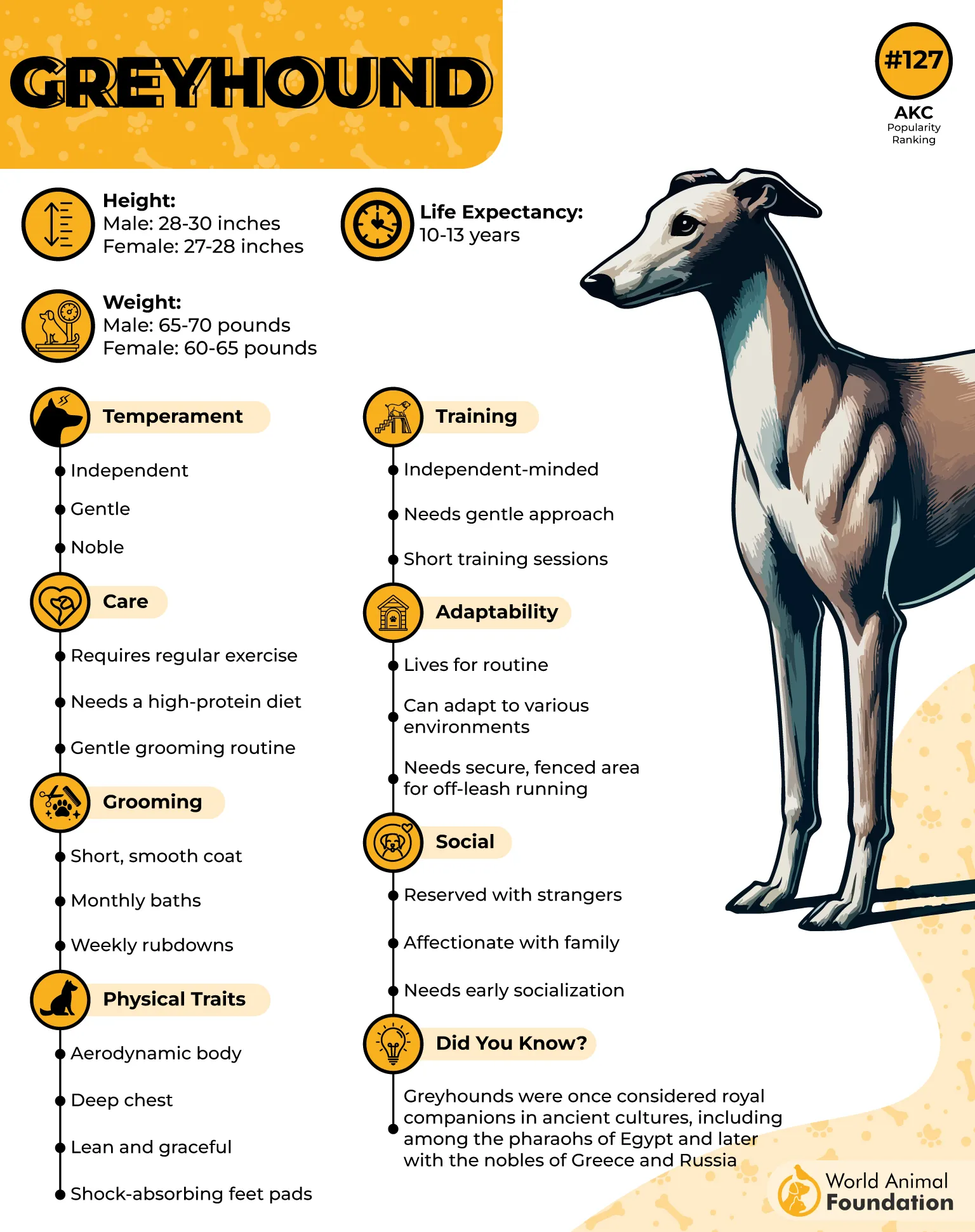
They’re quiet companions on the trail, taking in the scenery without overreacting to distractions. Most are content to walk beside their person without tugging or darting ahead. That balance of control and calm makes them easy hiking partners for those seeking peace on the path.
Because of their low body fat, Greyhounds don’t overheat as easily, but they do need careful hydration and avoidance of hard, hot surfaces. Their skin is also thin, so terrain matters—grass, dirt, and shady gravel are ideal.
Their training needs are low-key, and many adopt retired racers who transition easily into casual walkers. Their emotional sensitivity makes them attentive and sweet in one-on-one settings, especially during shared time outdoors.
Fun Fact
Despite their reputation for speed, Greyhounds sleep up to 18 hours a day when not racing, nearly as much as a cat.
3. Dalmatian
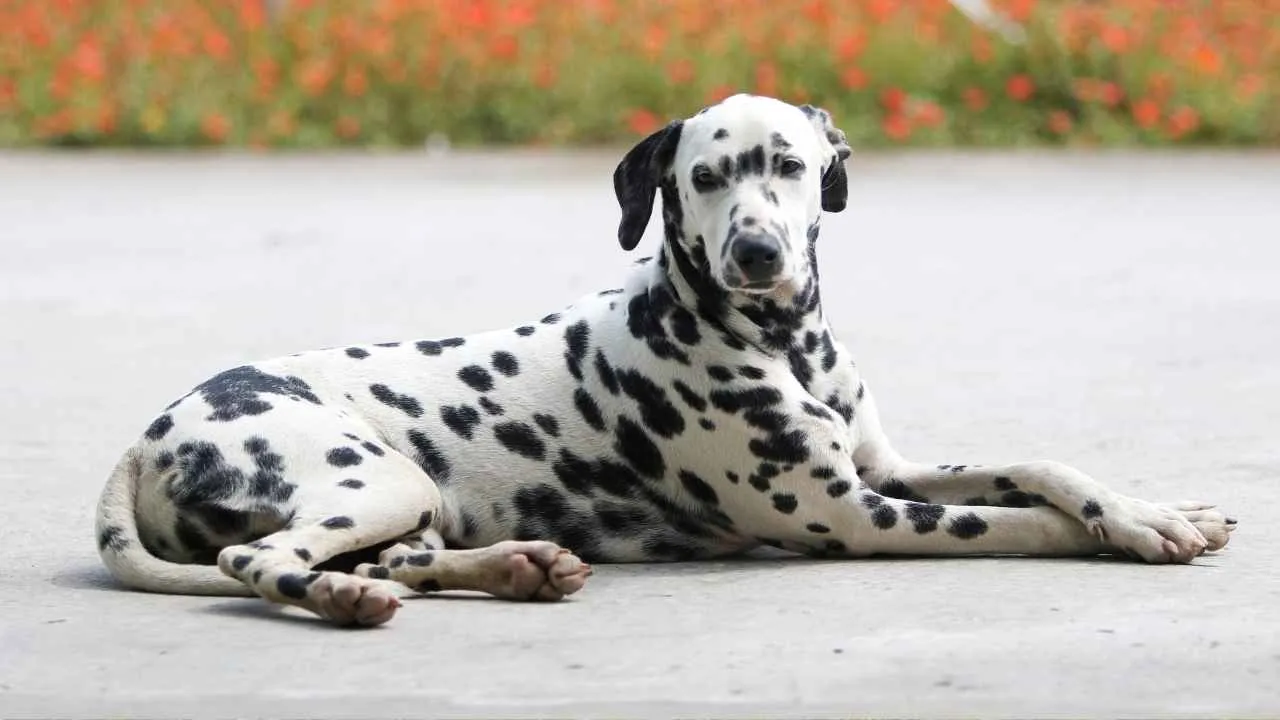
The Dalmatian’s short, sleek coat does more than show off its famous spots—it helps release heat effectively, especially when moving at a steady pace. Originally bred to run alongside carriages, this breed evolved with high endurance in warm climates and sunlit roadways. The way they trot—with grace and energy—makes them naturals for long summer walks.
Dalmatians are full of drive. They want to move, investigate, and lead. This energy is a great fit for hiking trails that require alertness and stamina, especially when owners keep water on hand and adjust for shade breaks.
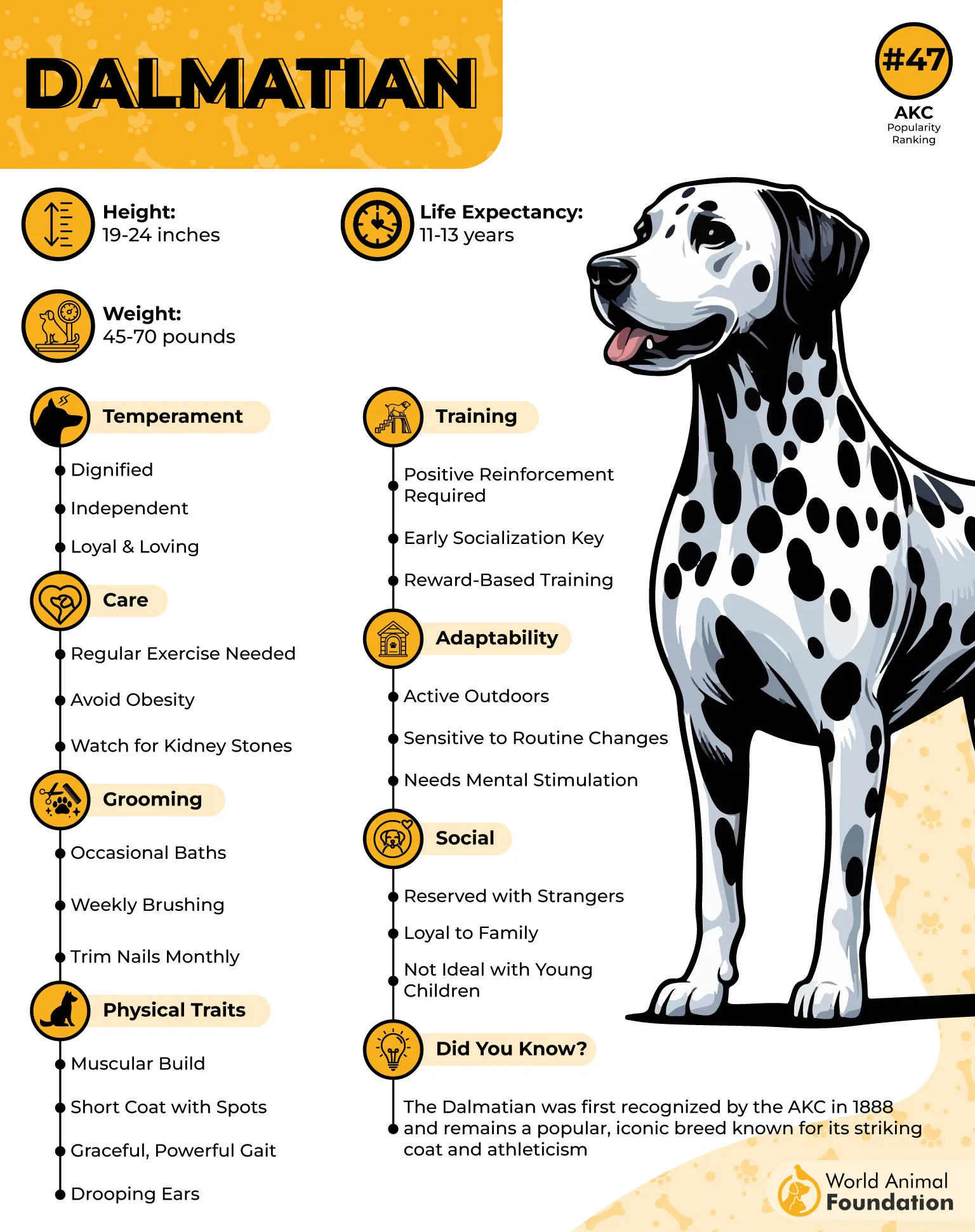
Britannica states that they’re also natural guardians, historically used to protect horses and riders on the road. That protective instinct often makes them more aware of the group’s safety and surroundings. They don’t bark often, but they watch everything.
Their temperament can be intense in the best way—loyal, intelligent, and focused. They respond well to clear boundaries and reward-based training, especially if you give them a purpose on the journey.
Dalmatians do best with daily exercise, and warm-weather treks are ideal outlets. What keeps them cool is movement and airflow, not standing still in heat. Owners should stay ahead of fatigue by observing body language and keeping their pace steady.
Fun Fact
Dalmatians are born completely white—their signature black or liver spots don’t appear until they’re around two weeks old.
4. Whippet
Whippets look fragile at first glance, but their design is almost perfect for warm weather. With a narrow frame, thin skin, and short coat, they shed heat quickly and stay comfortable when the temperature climbs. That’s why they’re so often seen sprinting in sunny fields and then lounging in the shade, barely panting.
They have a famously balanced temperament—active outdoors, peaceful indoors. On a summer hike, they’ll jog happily for a stretch, then sprawl under a tree to cool off. Their natural rhythm keeps them from overheating because they take breaks without prompting.
Whippets are also unobtrusive travelers. They walk quietly beside their humans, not barking or tugging at every distraction. They thrive on companionship, so staying close is instinctive.
Even though they are athletic, their grooming needs are minimal. A quick wipe after a dusty trail is often all they need, and their fine coat doesn’t trap much heat. Their adaptability makes them a favorite for people in hot climates.
Their light build does mean they’re sensitive to extreme surfaces, like blistering asphalt, but on natural trails they shine. Their easy nature and self‑moderating energy make summer outings with them simple and relaxed.
Fun Fact
Whippets are sometimes called “poor man’s Greyhounds,” but they were once prized by miners and mill workers who raced them for sport on weekends.
5. Chihuahua
The Chihuahua, the smallest dog breed in the world, is practically built for heat. Their tiny frames and short coats (in the smooth‑coated variety) allow them to regulate temperature easily in warm weather. They are famously comfortable basking in the sun for long stretches.
What makes them intriguing on summer treks is their bold personality in a small package. They approach trails with curiosity, eager to trot or be carried when the path gets long. Owners often tuck them into carriers for the hottest, most exposed stretches.
Chihuahuas can be surprisingly alert, watching their environment and even trying to “guard” their humans from bigger dogs or strangers. This watchfulness doesn’t translate to endless barking—they’re expressive, but they save their energy for moments that matter.
Their coats are low‑maintenance, though the long‑haired variety needs more brushing to avoid tangles. With hydration and shade breaks, they handle summer jaunts well, and their size makes managing those breaks effortless.
They have a spark that keeps them engaged on the trail, but they also relish downtime—many will nap happily in a sling or lap between bursts of activity. That mix of energy and portability makes them ideal for warm‑weather explorers.
Fun Fact
Chihuahuas are thought to be descended from the Techichi, a small companion dog kept by the Toltec civilization in ancient Mexico.
6. Australian Cattle Dog
The Australian Cattle Dog was bred for one of the harshest jobs in one of the harshest climates—herding cattle across the blistering plains of Australia. That heritage gave them endurance, intelligence, and a body that handles heat far better than most. Their dense-yet-weather-resistant coat reflects sunlight while allowing air to circulate.
These dogs are workaholics at heart. On a summer trek, they want to do something—carry a pack, scout the trail, keep the group together. Their constant movement seems tireless, but they pace themselves well in the heat when guided correctly.
Highly intelligent, they thrive on mental stimulation as much as physical exercise. Training an Australian Cattle Dog is an ongoing conversation—they respond to challenges and structure, especially on active outings.
They aren’t overly vocal, but they stay alert. You’ll notice their ears twitch at every sound, their eyes scanning the path. This awareness makes them natural trail companions.
Their grooming is simple—occasional brushing to clear dirt and loose hair. With hydration and a thoughtful hiking schedule, they can go all day in warm weather, still ready for more when the sun dips.
Fun Fact
Australian Cattle Dogs are nicknamed “Blue Heelers” or “Red Heelers” based on coat color, and many are descended from dogs that worked alongside early Australian settlers.
7. Basenji
The Basenji, often called the “barkless dog,” evolved in central Africa’s warm forests and savannas. Its sleek body, fine coat, and minimal body odor are all adaptations to life in the heat. This breed doesn’t just survive warm weather—it was made for it.
As per Purina, instead of barking, the Basenji produces an odd yodel‑like sound, but even that is rare. Their quiet nature, paired with their heat tolerance, makes them an unusually calm presence on sunny trails.
Basenjis are clever and spirited. They’ll follow a path with alert eyes, sometimes darting ahead to investigate, sometimes looping back to check in. Their independence keeps things interesting but never chaotic if they’re well-trained.
Their coat is almost self‑cleaning; they lick themselves like cats and rarely smell “doggy.” That means less trapped heat and less maintenance after dusty summer outings.
They appreciate movement but avoid overexertion in the hottest hours, often choosing shaded resting spots instinctively. It’s this balance—activity with self‑imposed rest—that makes them thrive in summer treks.
Fun Fact
Because they don’t bark, ancient hunters prized Basenjis for silently tracking game, a skill still evident in their quiet, watchful hikes today.
Conclusion
Some dogs are simply better suited for warm days. Breeds with thin coats, lean builds, or even a naturally heat‑tolerant constitution are able to handle hot weather without struggle, staying comfortable as temperatures rise and trails stretch ahead. These athletic dogs thrive on movement, their bodies built to stay active in high temperatures with only rest, shade, and fresh water along the way.
From herding dogs like the Australian Cattle Dog to gentle giants with a muscular build and short fur, each unique breed offers something different for active families planning that next summer adventure. Their boundless energy and calm adaptability make them great companions for outdoor activities, from shaded hikes to beach days.
Knowing which dogs can handle the heat helps owners choose the right dog for their local climate. Whether you favor a short-haired sprinter, a wavy coat wanderer, or a dog with webbed feet ready for water, these breeds prove summer travel can be safe and fun. They’re well suited for warm days and eager for new adventures, turning hot treks into shared joy.


